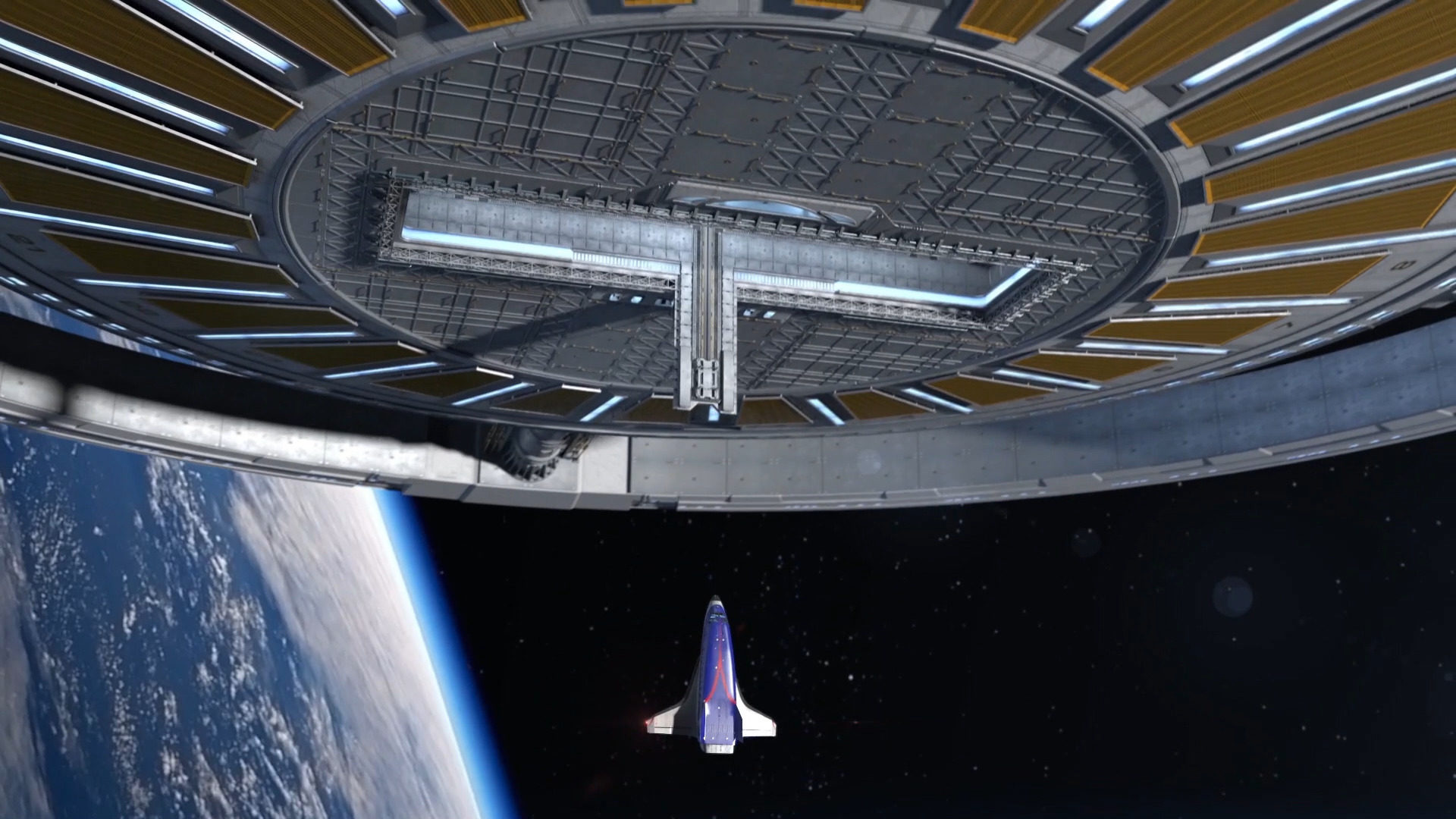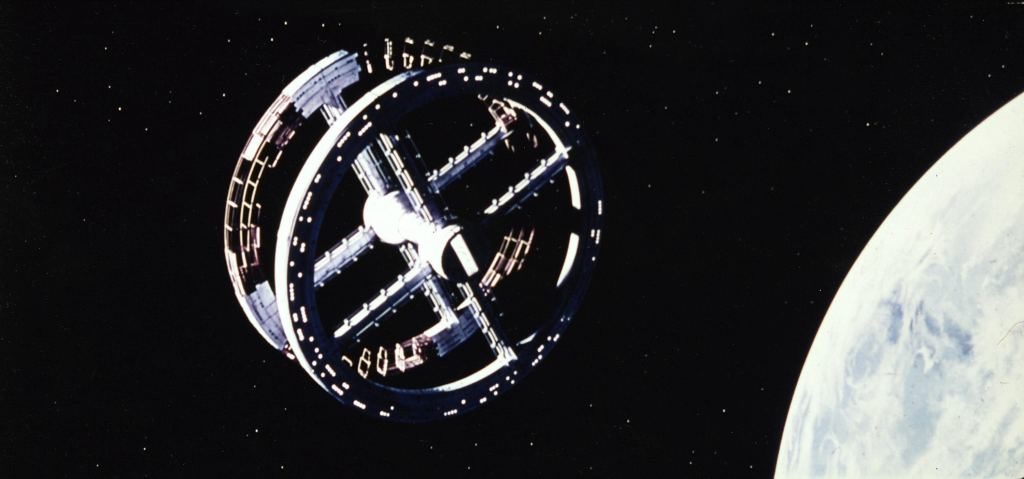In the coming years, these efforts will also lead to the Lunar Orbital Platform-Gateway and commercial space stations - like the Bigelow B330. And if private aerospace companies like the Gateway Foundation get their way, we'll also have a spaceport in orbit around Earth. The company recently posted a video showing exactly what this rotating wheel space station will look like, and how companies like SpaceX could help build it.
The company's concept is known as the Gateway, a rotating space station based on designs proposed by German rocket scientist and space architect Werner von Braun. These designs were featured in a series of articles in the national magazine Collier's during the 1950s titled, "Man Will Conquer Space Soon!" For this reason, the company has named their proposed design the Von Braun station.
This concept is actually quite time-honored. Von Braun's own design built on previous proposals, the earliest of which was made by Russian scientist Konstantin Tsiolkovsky in 1903. The concept was beautifully illustrated in Stanley Kubrick's 2001: A Space Odyssey, which was co-written by famed scientist and futurist Arthur C. Clarke (and based on a short story of his titled The Sentinel).
In all cases, the general concept involves a rotating wheel station in orbit of Earth, which would establish a human presence into space while at the same time providing artificial gravity for its inhabitants. This is an important aspect of proposed spaceflights that will take astronauts to locations in deep-space, such as Mars and farther into the Solar System (and possibly beyond).
Given the effects of long-term exposure to microgravity, which were extensively documented in NASA's recent Twin Study, mission planners have been looking for ways to mitigate them. The study consisted of ten separate investigations into the long-term effects of microgravity on humans, using twin astronauts Scott Kelly and Mark Kelly as test subjects.
After spending over a year in space, the study teams noted a number of significant changes between Scott Kelly and his brother. While he experienced the same loss of muscle mass and bone density as other astronauts who spent extended periods of time aboard the ISS, there were other changes that made adapting to life on Earth again very difficult.
Kelly's eyesight had diminished, he experienced intense swelling in his extremities, and changes in his organ function and gene expression were also noted. Beyond microgravity, there are also questions about how the human body will react to long-term exposure to lunar gravity (16.5% of Earth normal) and Martian gravity (~38%).
This is especially important given the current plans to establish a permanent outpost on the Moon and conduct crewed missions to Mars in the next two decades. As Gateway Foundation CEO John Blincow stated in the recently-released video, this is one of the benefits of his company's proposed Gateway:
"People need gravity so that bodies don't fall apart. But how much will lunar gravity be okay for a year but not for two years? WillMartian gravity work for humans long-term, but not for large farm animals? Will two days a week at 30% g be enough for ISS crews to retain bone mass? Building the von Braun space station can help unlock those secrets."
The Gateway's structure consists of two concentric inner rings fixed by four spokes to an outer ring. The two concentric rings make up the Lunar Gravity Area (LGA), where the station's rotation provides a gravitational force equal to that of the lunar surface. The external inner ring - the LGA Habitation ring - is where habitation modules will be placed, which will consist of small rooms for guests.
Meanwhile, the high-ceiling interior ring of the LGA will offer tourist the opportunity to dine and play in a low-g environment. At the core of the station are the Hub and Bay, where traffic and environment control, security, and the Gateway's transportation nexus will all be located. The Hub will also have an observation lounge where guests can watch incoming shuttles.
Continue reading the rest of the article at Universe Today.





The same man who arranged for his headstone to be inscribed with one simple message, Psalms 19:1